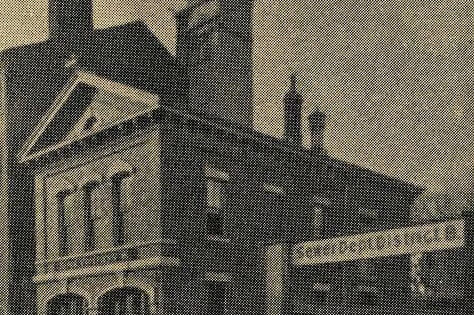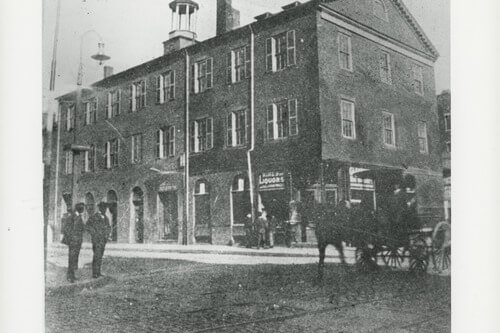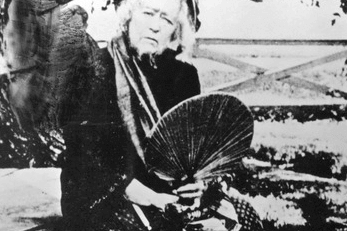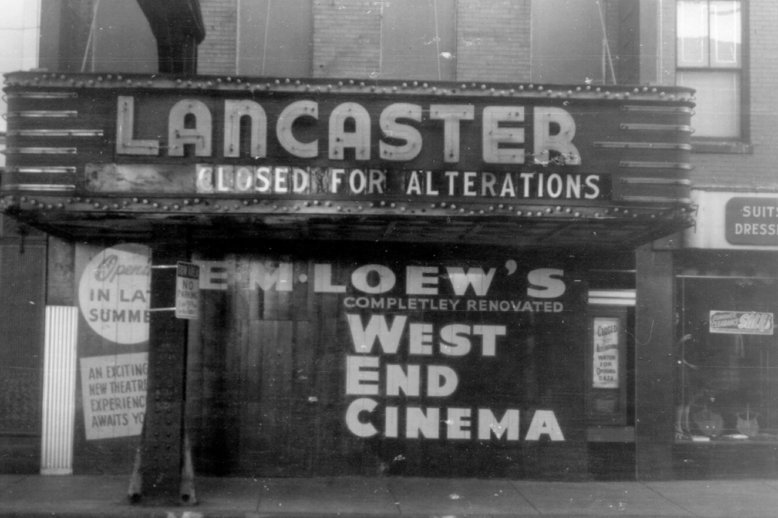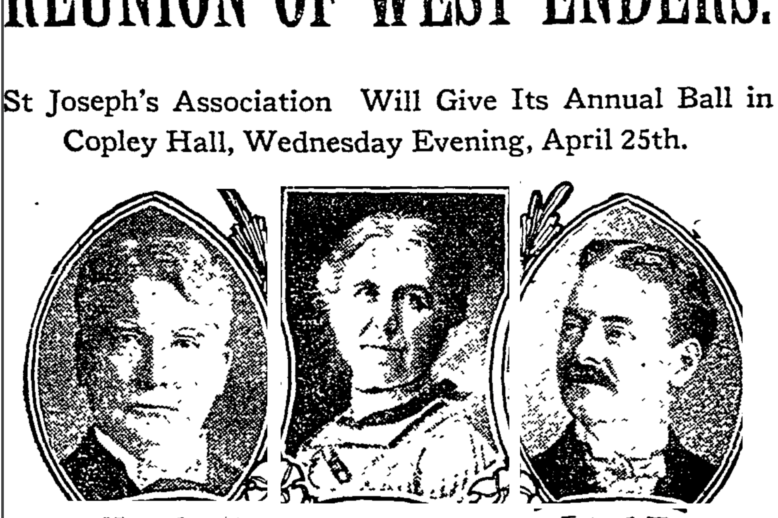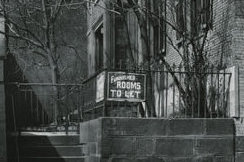Era: Immigrant Neighborhood (~1880-1960)
Immigration, first, second, and third-generation Americans, Settlement Houses, Irish politics, etc.
In 1931, Mayor James Michael Curley planned to sell 50,000 square feet of city land, on North Grove Street in the West End, to Massachusetts General Hospital. Because this land was used by the Public Works Department for sanitation in the West End, residents – and city councilor John I. Fitzgerald – strongly opposed the sale. Fitzgerald, associated with West End boss Martin Lomasney, successfully advocated for the proceeds of the sale to be allocated for continued sanitation services in the West End.
Charles Bulfinch and his architecture transformed Boston during the Federalist era. Many of his works, such as the Massachusetts State House, still grace the city today. One of his now lost and lesser known buildings, the Parkman Market, served the West End as a public market, a factory, and an early home of St. Joseph’s congregation. Despite its historic significance, it did not survive Urban Renewal.
Elizabeth Palmer Peabody, educator, publisher, reformer, and namesake of the West End’s Elizabeth Peabody House, was one of the most important figures in Boston’s 19th-century intellectual community. Of all her achievements, perhaps her most impactful was the introduction of English-language kindergartens to the United States.
Like many fellow West Enders of her day, Dorothy Pastore relished an afternoon escape to the Lancaster Theater. There, neighborhood children from diverse backgrounds would join together and enjoy a break from the stresses of school and everyday life. Such experiences reinforced the notion of the West End as an urban village.
Hyman Bloom is remembered as a key figure from the Boston Expressionist movement, praised for his mystical and vibrant paintings. Bloom, in addition to being a visionary artist, offers us a window into Boston’s settlement houses in the 1920s and ‘30s. The West End Community Center, and its artist-teacher Harold Zimmerman, nurtured the creativity of a generation of future artists, from Bloom to Jack Levine.
St. Joseph’s Church was established in 1862 on Chambers Street in the West End, near the site of the first public Catholic mass in Boston. In the early 1900s, the St. Joseph’s Association, an organization of parishioners, hosted an annual party at the church which also held many notable funerals, marriages, and worship services. Decades after urban renewal, West Enders reunited at annual masses at St. Joseph’s to honor deceased fellow residents.
Michael Powars carefully planned the murder of his cousin, Timothy Kennedy, but his fatal mistake was thinking that the law required an eyewitness to convict someone of a crime.
Boarding Houses played an important role in the housing system during the age of industrialization and immigration in Boston and the West End. Along with lodging and rooming houses, they were the only alternative for those in need of affordable and transitional living space in the neighborhood until the arrival of tenements and apartment buildings. Boarding houses also offered women of the period one of the few ways to earn a decent income.


